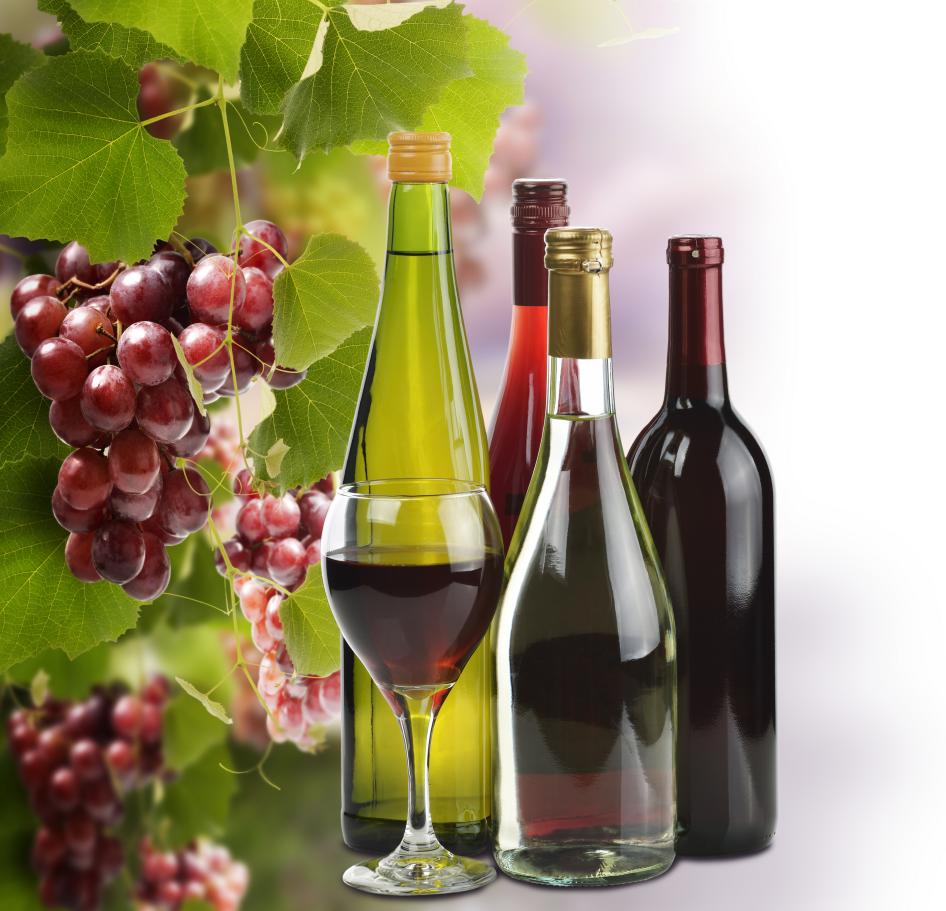When you open a bottle of an aged wine and are overwhelmed by its bright red color, aromatic scent and full-bodied taste, you often ask yourself what makes a bunch of ordinary grapes into this incomparable wine?
To answer this question, we must first dissect the structure of the grape.
Grapes consist of stems, skins, brushes, pulp and seeds. Different parts will bring different substance, color, tannin, alcohol, acidity, flavor and so on.
1. Tannin, color-peel
Grape stems, skins and seeds are the main sources of tannins in wine.
Tannin is a natural phenolic substance that is the main source of astringency in wine.
Among them, the tannins in the fruit stems are relatively rough, containing bitter resins and tannic anhydrides. These substances tend to produce excessive astringency in wine, and the bitter oil in grape seeds can seriously affect the taste of wine after pressing. Therefore, most wineries will choose to remove the grape stems during the vinification process and try to squeeze the grape seeds as little as possible during the pressing process. Some wineries choose to reserve a small portion of the stem for fermentation. The tannins in wine come mainly from grape skins and oak barrels. The tannins are fine and silky on the palate, and they build the “skeleton” of the wine.
In addition, the flavor substances of wine and the color of red wine mainly come from the extraction of grape skins during the brewing process.
2. Alcohol, Acidity, Syrup
Fruit pulp is the most important substance in winemaking. Grape syrup is rich in sugar and water. Sugar is fermented by yeast and converted into the most important substance in wine – alcohol. The acidity in the pulp is also an important component, which can be partially retained during the brewing process, so the wine has a certain acidity.
In general, grapes from cooler climates have higher acidity than grapes from hotter climates. For the acid content of grapes, winemakers also add and subtract acid during the winemaking process.
Besides alcohol and acidity, the sweetness of wine mainly comes from the sugar in the pulp.
Winemakers control the amount of sugar in wine by controlling the fermentation process. Due to sufficient fermentation, the sugar content of dry wine is relatively low, while sweet wine mainly retains part of the glucose through insufficient fermentation or adds saccharified grape juice to increase sweetness.
Grapes are the foundation of wine. Each part of the grape plays a specific role in the winemaking process. Deviations in any part can lead to a taste of the wine, which leads us to taste many delicious wines.
Post time: Dec-02-2022

